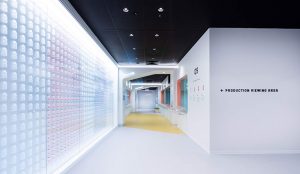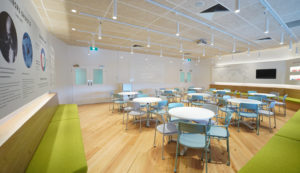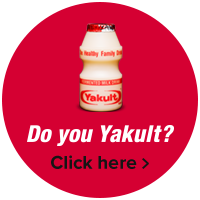Yakult History and Timeline
When Dr. Minoru Shirota (1899 – 1982) began investigating Lactic Acid Bacteria, living standards in Japan were substandard due to malnutrition and poor sanitation, which resulted in a range of digestive disorders and general ill health.
Dr. Shirota became convinced that beneficial bacteria were the key to a long and healthy life; with the potential to improve health standards. His determination led to a breakthrough in 1930, when he successfully researched a unique lactic acid bacterium with the ability to survive the acidic conditions of the stomach. The bacterium was named the Lacticaseibacillus paracasei Shirota strain in honour of his research.
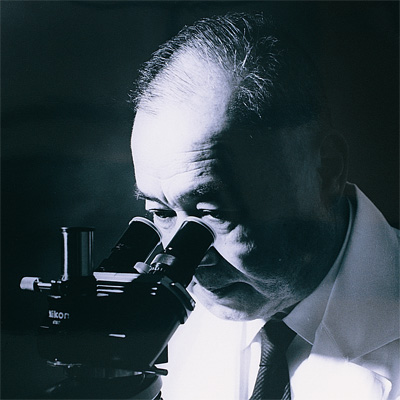
Dr. Shirota developed a fermented, milk-based drink to deliver the Lacticaseibacillus paracasei Shirota strain to the gut and named it ‘Yakult’, creating the world’s first commercial probiotic drink.
Dr. Shirota based his work on three principles simply referred as Shirota-ism:
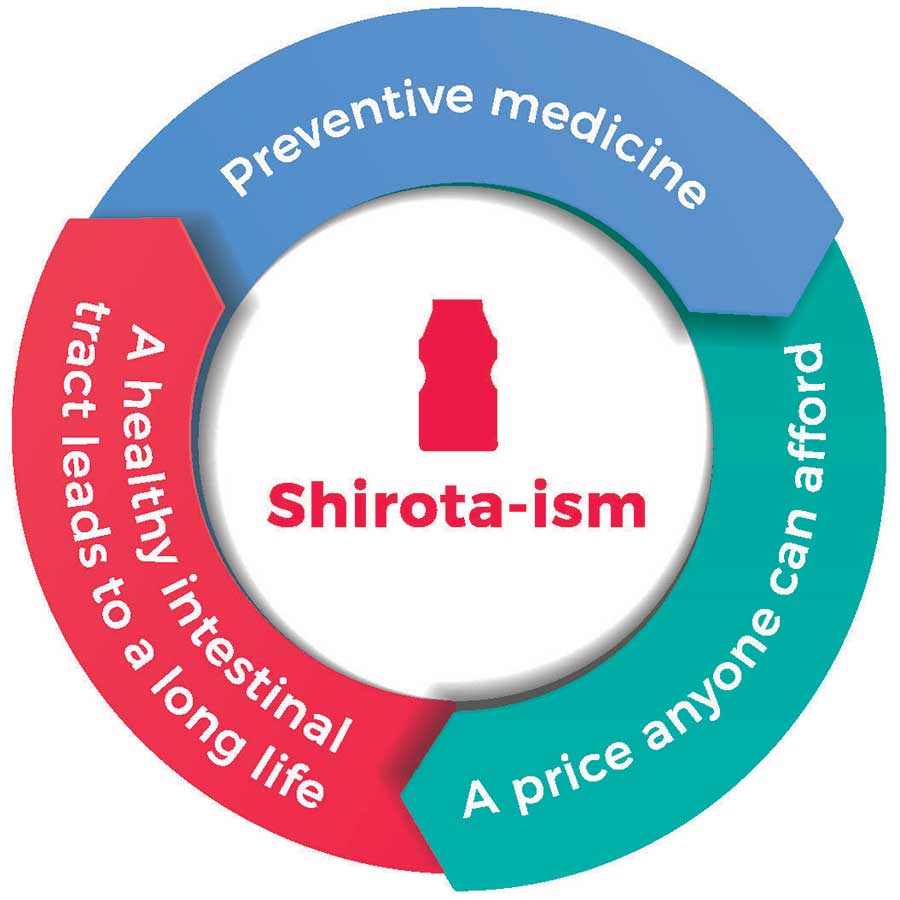
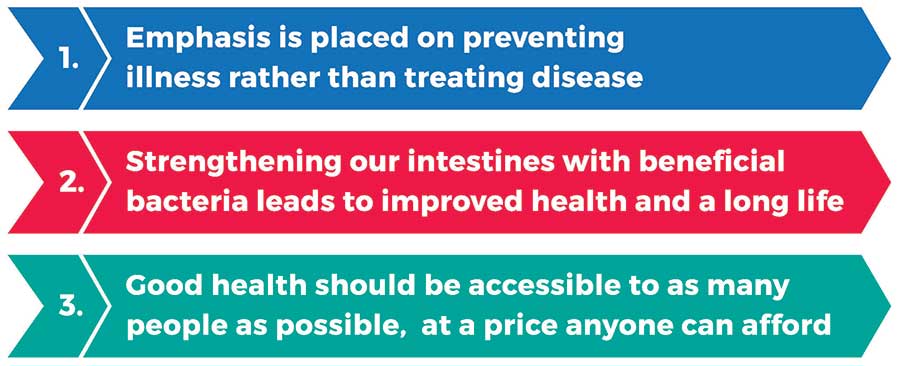
Business commenced in 1935 and Yakult was produced and marketed all over Japan. In 1955, Dr Shirota founded Yakult Honsha Co. Ltd., which consolidated the business and took control of all operations.
Since then, the Yakult group has continued to expand worldwide and today embraces nearly 200 companies in over 30 countries and territories. The parent company Yakult Honsha Co., Ltd. is involved in the research, development and manufacture of a variety of products including pharmaceutical, skin care, foods and other beverages containing beneficial bacteria.
"More than 40 million people enjoy Yakult daily
in 40 countries around the world"
An overview of key dates and events throughout Yakult’s history.
Yakult Timeline
1930-50s
1930 Dr Minoru Shirota succeeds in culturing and utilising intestinal lactobacilli.
1935 Yakult Fermented Milk Drink containing the Lacticaseibacillus paracasei Shirota strain, is developed and sold in Japan by word of mouth.
1940 Local offices of the “Association for Promotion of Preventative Bacteria Strain Shirota” are established in various parts of Japan for the purpose of marketing and distributing Yakult.
1955 Yakult Honsha Co. Ltd. is established in Tokyo. The Research Institute is established in Kyoto.
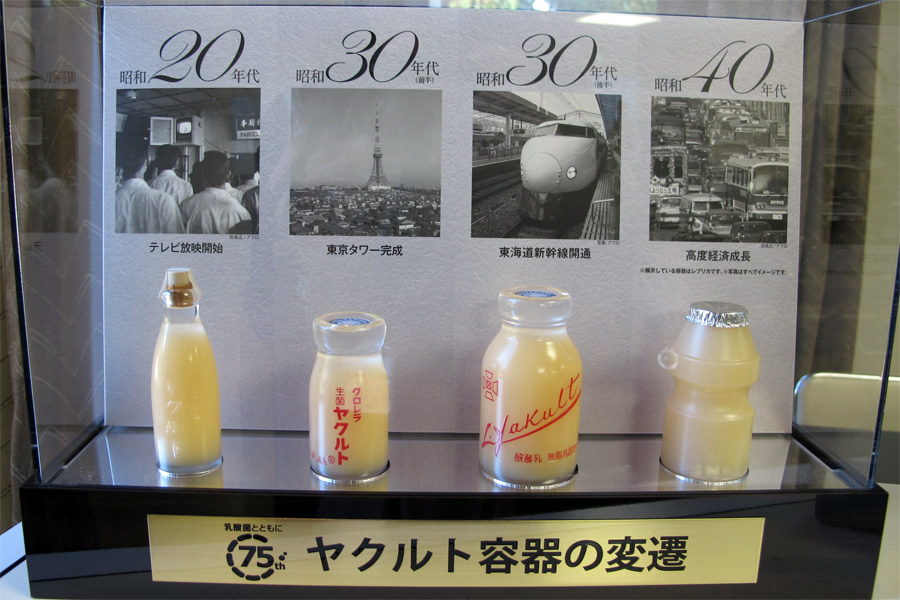
The original Yakult bottles from the 1930s through to the 1970s
1960-80s
1963 Yakult launches its unique “Yakult Ladies” system of door-to-door distribution in Japan.
1967 The Yakult Central Institute for Microbiological Research is established in Kunitachi, Tokyo.
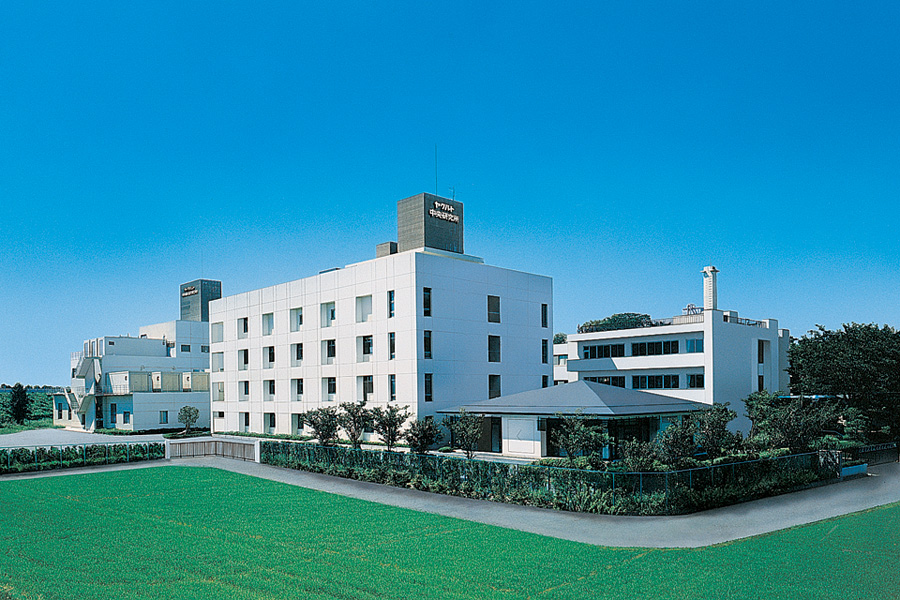
The Yakult Research Institute in 1967
1968 A new plastic bottle replaces Yakult’s original glass bottle.
1970 A Phage resistant Yakult strain is developed (Phage is a common cause of product contamination in the dairy industry).
1990s
1992 Yakult BioScience Foundation is established in the Netherlands.
1993 Purpose-built factory and office complex is built in Dandenong, Victoria in Australia – a $30 million investment.
1994 Australia becomes the first English-speaking country to produce and sell Yakult with the launch of Yakult Australia.
1998 Yakult Australia receives HACCP (Hazard Analysis Critical Control Point) approval for the total hygiene control in their production processes. Yakult is approved by the Ministry of Health and Welfare as “Food for Specified Health Uses (FOSHU)” in Japan.
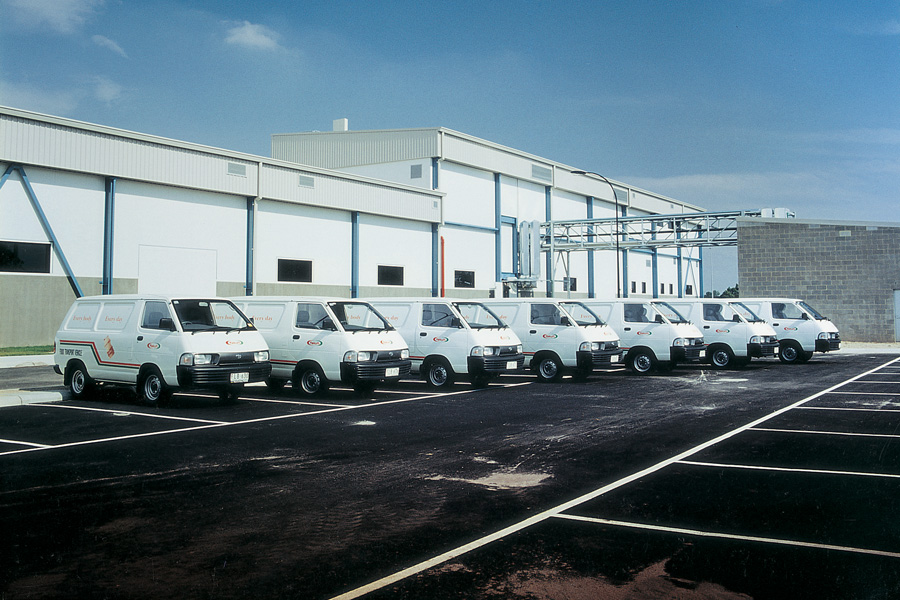
Yakult vans in 1998
1999 Australia launches Home Delivery Service to consumers (service ceased in 2011). Australian innovation of the 10 pack is trialled. The 100th anniversary of the birth of Doctor Shirota is celebrated.
2000s
2001 Yakult launches its 10-pack nationally across Australia.
2004 Ten year anniversary of Yakult Australia. Yakult receives official International Organisation for Standardisation (ISO) accreditation in March. Yakult launches into New Zealand market in June (available in Auckland, Waikato and Bay of Plenty). New product for Australia, “Yakult LIGHT” is launched in September. Yakult is available in 25 countries worldwide.
2005 Yakult Honsha European Centre for Microbiology (YHER) in Belgium is established.
2006 Yakult LIGHT changes to a 5-pack.
2007 Yakult is the official drink of the 12th FINA World Championships in Melbourne.
2009 Yakult celebrates 15 years in Australia and 5 in New Zealand.
2010’s
2010 Yakult celebrates the 75th Anniversary since the founding of the company.
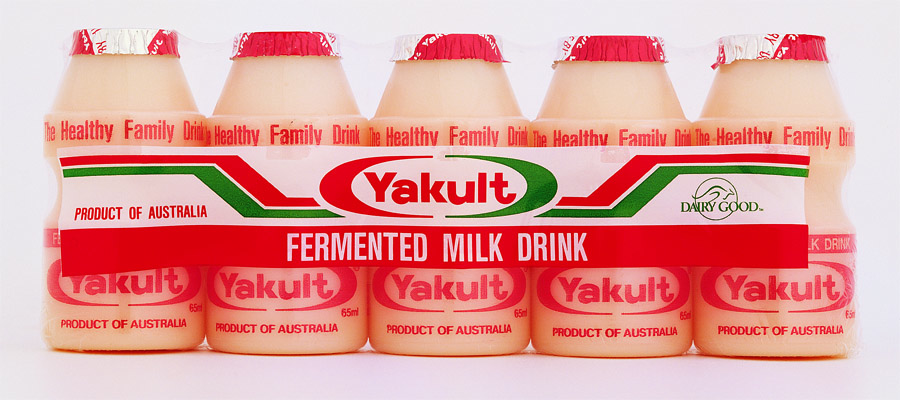
1994
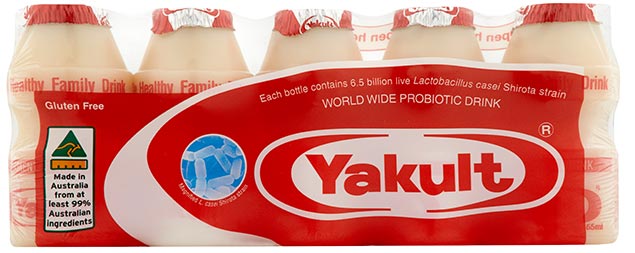
2018
2011 Yakult Australia installs a new filling machine capable of filling 9000 more bottles per hour compared to the previous machine.
2012 Packing machines upgraded with the capability to pack either Yakult 5 or 10 pack on the same production line; increasing production flexibility to meet demand.
Yakult launches the Space Discovery Program in collaboration with JAXA.
2014 Yakult celebrates 20 years in Australia and 10 in New Zealand.
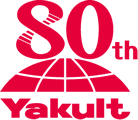
2015 Yakult celebrates the 80th Anniversary since the founding of the company.
2016 New Yakult film wrap is introduced which include ‘open here’ perforated tabs for easy opening and a colour update to our logo on packs.
A new blow moulding machine is installed increasing our bottle making capacity from 22,000 to 33,000 bottles per hour. A new robotic packing arm is installed to stack Yakult slabs on pallets for distribution, reducing the overall processing time.
Yakult 10 pack is officially launched in New Zealand.
Construction and update of the new Yakult Central Research Institute is completed.
2017 New recipe for Yakult LIGHT launched in Australia and New Zealand. It now boasts even further sugar reductions and is sweetened with Stevia. It has 40% less calories than the original.

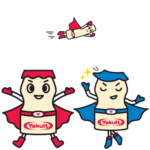
2019 Yakult Man was introduced as Yakult’s mascot, alongside Yakult Man Blue and LcS Man.
We reached 10,000 visitors to attend our factory tour in one year.
2020’s
2020 Straws were removed from the Yakult Original 10 packs. Easy Peel Foil Caps were introduced on to Yakult Original and Yakult Light bottles. The Yakult Australia Factory Tour walkway and education room renovations were completed. In light of COVID-19 restrictions, the Virtual Reality Factory Tour was created and rolled out for schools and the community.
